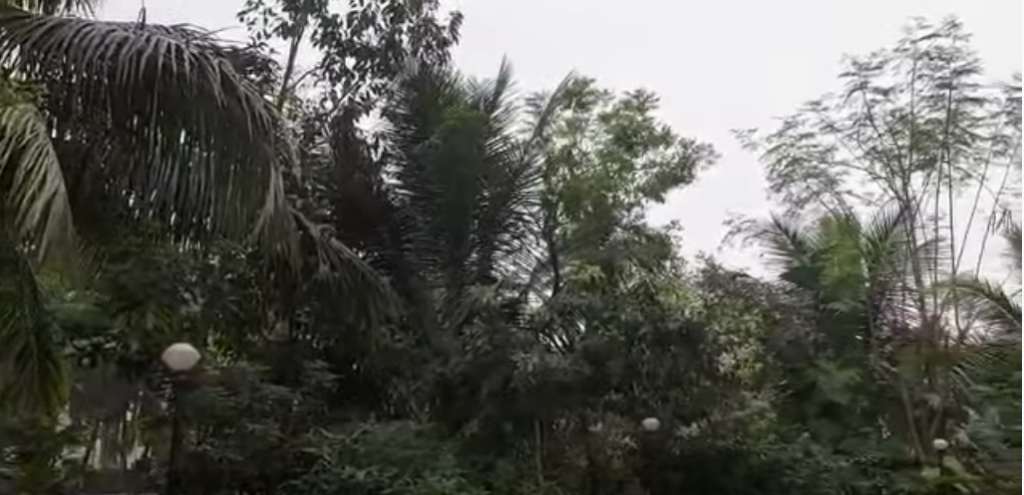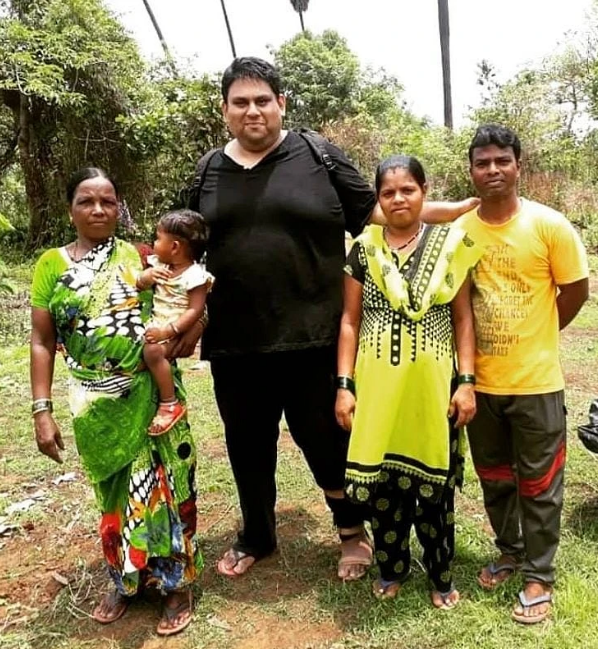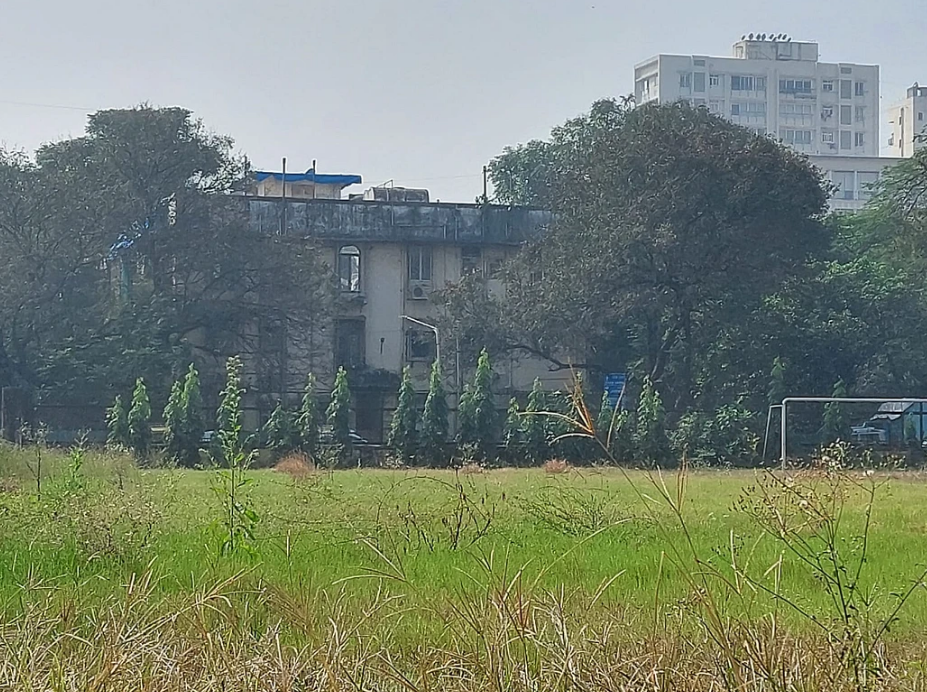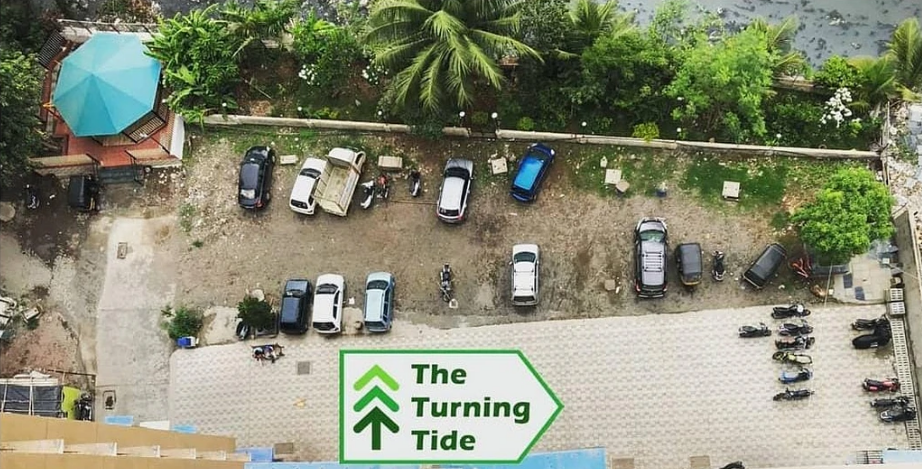George Remedios has planted ten ‘food forests’ in Mumbai, India over the course of six years. Some of them are in a space as small as just 13 feet by 145 feet. Along with mangoes, coconut, papayas, guavas, pomegranates, bananas, and jujubes you see monkeys, squirrels, birds and bees that come to feed on the fruits and flowers.
Planting diverse edible plants in limited spaces is an art that George has perfected over the years. “Food forests have multiple layers and take years to create,” he says. “Along with tree saplings, we also plant brinjal, tomato and okra seedlings that form the shrub and bush layer. Then comes the grass and root layer. Eventually, as the trees grow, we will plant creeping varieties like pepper and other plants, along with inoculating a fungi layer, wherein we start planting mushrooms as well,” says the 36-year-old.
His nonprofit organization, ‘Turning Tide,’ has planted over 1,000 trees, 80 per cent of which still survive. George has aligned with institutions like orphanages and old age homes to care for the saplings after they grow into trees.
Speaking about other benefits of the trees, he says, “A couple of years ago when these trees were much shorter, we did a temperature test in January. The temperature outside the forest in the sun and inside the forest showed a 5°C difference,” adding that 90 per cent of the moisture the trees absorb from the soil is released into the air.
 Food forests are great not just for greening the place but also for managing waste that would have ended up in landfills. Turning Tide uses mulching techniques and biomass compost to nurture the trees.
Food forests are great not just for greening the place but also for managing waste that would have ended up in landfills. Turning Tide uses mulching techniques and biomass compost to nurture the trees.
The food forests he plants today benefit the institutions that house the trees. “Custard apples, pomegranates, chikoos and papayas planted at the orphanages are highly beneficial to the kids there. Similarly, in the tribal areas, we encourage them to earn from the harvest of these food forests,” he says, adding that the saplings are sourced from different nurseries.
Today, Turning Tide is also giving a push to rooftop gardens in the city, where under his guidance people grow lemons, fig trees, lime saplings, kale, basil, various types of peppers, beetroots and radishes. “It would be helpful if we could produce a small fraction of the food we consume,” he says.
You can watch a short video about one of his forests at www.youtube.com
You can read the original article at ww.thebetterindia.com
